“It’s often forgotten how slowly and grudgingly full recognition was given to the fact that women could actually run.”
By Len Johnson
In Aussie Rules football-mad Melbourne, the Coodabeen champions are an institution, a group of grown men (chronologically, at least) who through 40 years of radio broadcasting have been showing how much they love the game by taking the mickey out of it. The name says it all, really.
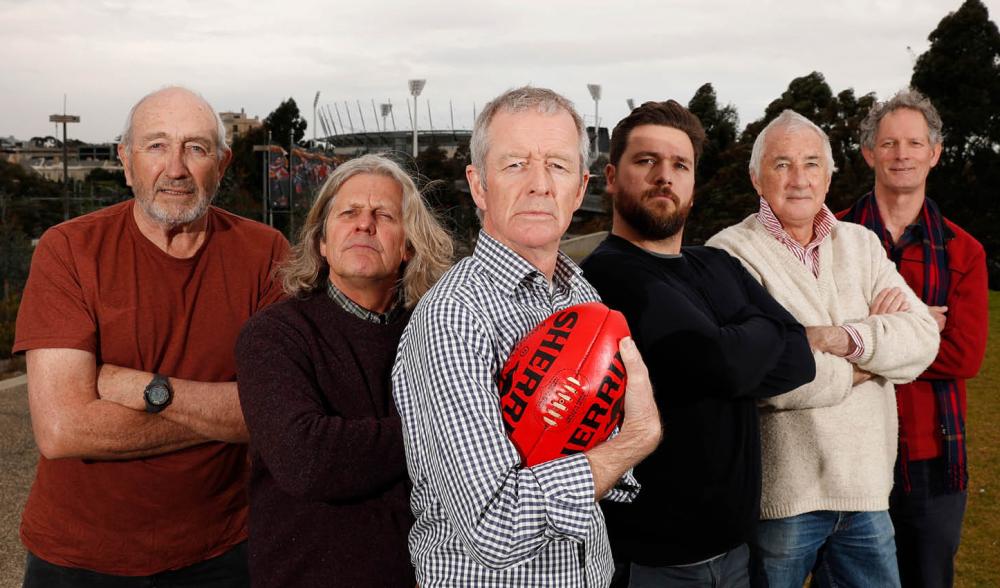
Australian Rules football – all sport, actually – abounds with examples of unfulfilled potential. In the days when recruiting was a more-or-less random exercise, the term ‘March champion’ applied to those players who starred in the pre-season practice games, only to fade away once the real season started in April.
Country lads would come down for a try-out, show promise, then return to the bush because Dad couldn’t spare them from the twice-a-day milking, or whatever. Others didn’t step up to the mark once the seasoned players returned to play, when the cricket season finished, in some cases, or when they felt like it, in others.
Rarely, though, was it an outright denial of opportunity. But that was the case for the Coodabeen champions I want to talk about now, the generations of women who came into running before there were opportunities for female distance runners.
It’s often forgotten how slowly and grudgingly full recognition was given to the fact that women could actually run. Women weren’t allowed to compete in Olympic track and field until 1928, when the 100 metres and the 800 were the only two running events. The 800 was dropped after confected hysteria over some of the competitors finishing in a ‘distressed state’, a criterion which somehow never applied in the men’s event.

It was then another 20 years and two Olympics (plus World War II) before the 200 metres was added in 1948, 12 more until the 800 returned in 1960 and four more before the 400 was added in 1964. The 1500 followed in 1972, but not until 1984 were distances added to the program with the 3000 and the marathon.
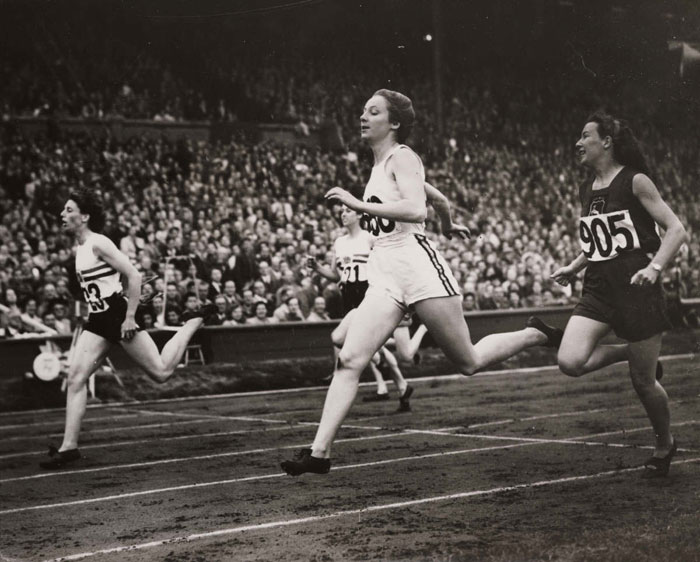
More evolution than revolution, then. The pace of change remained frustratingly slow. Not until Seoul in 1988 did the 10,000 make its appearance; not until Atlanta in 1996 did the 5000 replace the 3000 (even then, without a hint of irony, some argued the longer race should not replace the “traditional” distance); not until Beijing in 2008 was the 3000 steeple contested.
Eighty years from recognition of existence to parity. Talk about a long march.
Given that background, it’s time to recognise those generations of female distance runners who missed out. Rather, that should be those whom we know missed out. Many, of equal or maybe greater ability, never got the chance to try.
Twelve years between the return of the 800 to Olympic competition and the introduction of the 1500 meant a generation of 800 runners never got the chance to emulate Peter Snell’s 800/1500 double. The 12-year transition from adoption of the 3000 to the chance to compete over 5000 and 10,000 meant there was another generation who did not get to attempt the track distance doubles won by male Olympic legends Zatopek, Kuts, Viren and Yifter.
Things moved a little more quickly outside the Olympic stadia. Cross-country had a world championships via the International Cross-Country Union championships in the 1930s and then from the mid-1950s until the adoption of the World Athletics (then IAAF) championships in 1973. Women gate-crashed marathons in the 196s before winning slow recognition from the 1970s, an acceptance accelerated by the development of the mass participation big-city marathons.
From 1960, though, through to the 1990s, it was a case of cutting suits to suit the cloth for women distance runners. Some of the best 800 runners never got the opportunity to fully explore their potential at longer distances. Some of the best 1500 exponents were denied opportunities at 5000 and 10,000. Some of the best track distance runners never got to try the marathon.
In that time, Australia had only 20-30 years’ running history in which female distance runners had the opportunity to explore and demonstrate their talents across the full range of events. During that time, we saw many athletes who ‘could have been’ champions had they come along a little later along with others who could have been better.
In another publication a few years ago I came up with a list of Australia’s most versatile distance runners across road, track and cross-country. Even across that 20-30 year span the task was tough enough, but many other runners might have been considered had they come along in a later era. Rome Olympic 800 silver medallist Brenda Carr won national cross-country titles; Judy Pollock and Charlene Rendina, Olympians at middle distances (Pollock also won a bronze medal in the 1964 Olympic 400), showed a talent for distances up to and beyond 10,000 metres as veteran road runners.
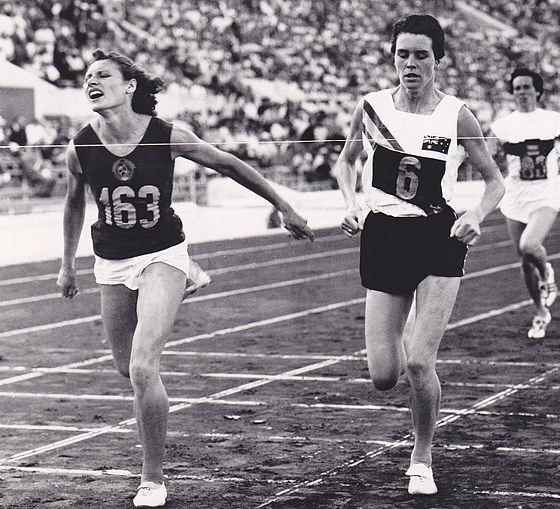
Angie Cook, our first representative in a Commonwealth 3000 metres, ran well at 1500 metres and won a City2Surf, and had potential to do even better at longer distances. Donna Gould made the 1984 Olympic team as a 3000 rep and the 1988 team as a road cyclist: there could have been more there.
Many athletes saw limited opportunities as their careers overlapped with the oh-so-gradual introduction of longer events. Members of this group include multiple world cross-country representatives Lynne Williams, Gayelene Clews, Sally Pierson, Anne Lord and Megan Sloane.
All these – and many more – contributed to the development of Australian women’s distance running. You’ve got to wonder if, given more opportunities and more fortuitous career timing, some ‘coodabeen’ champions.









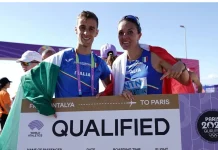
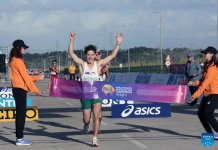

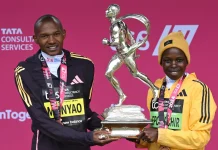
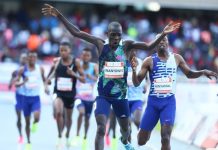
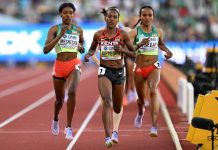












In the 1930s, two Australian representatives (hurdler/long jumper Thelma Peake and hurdler/javelin thrower Clarice Kennedy) had both won state cross-country championships and set records for the 880y).
In 1940 Western Australia’s Betty Judge (mother of politician Kym Beazley) was credited with a world record for 880y though superior times had been recorded for 800m.
Even further back, in the 1910s, professional runner Bessie Grandemange had set world bests in a variety of events including sprints, jumps and hurdles. Given that her brothers were (amateur) middle-distance champions, it’s probable that she may also have done well over distances well beyond 220y if such events were conducted for women in those pioneer days.